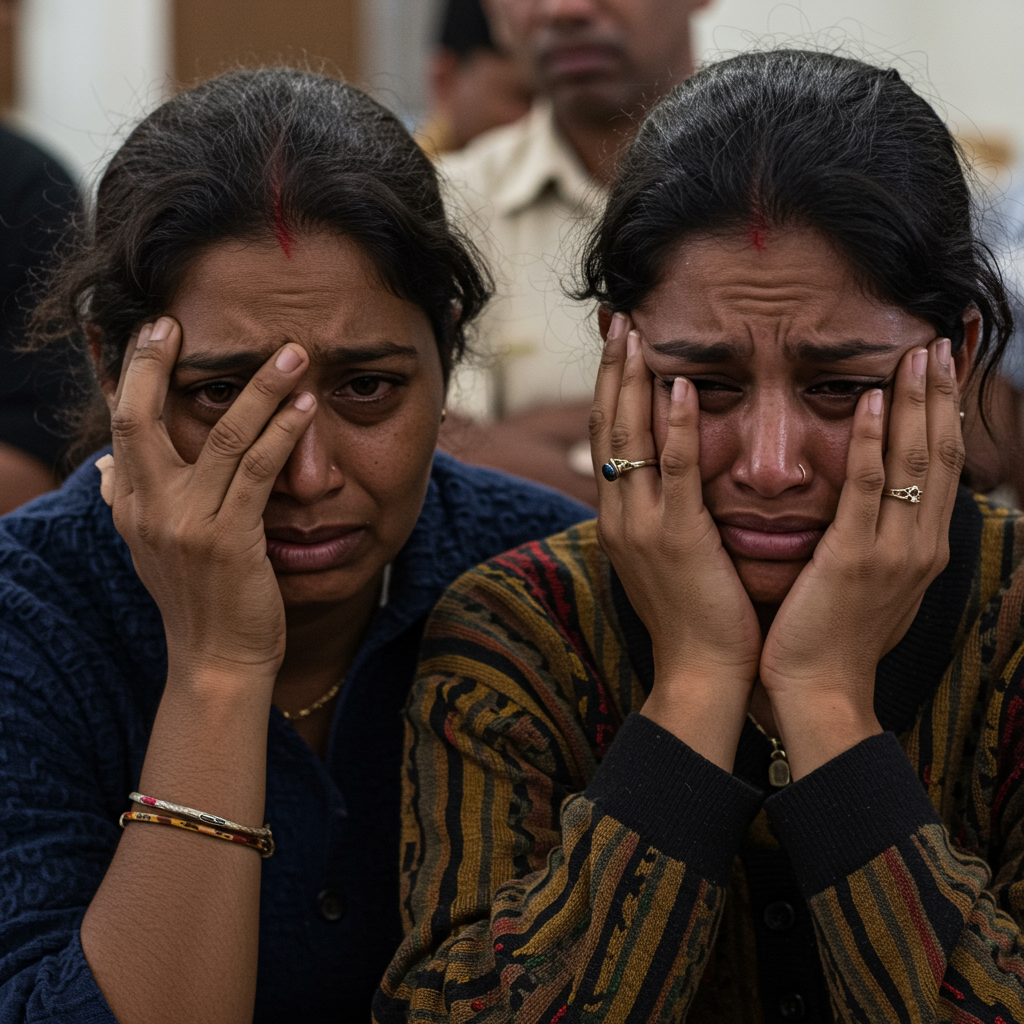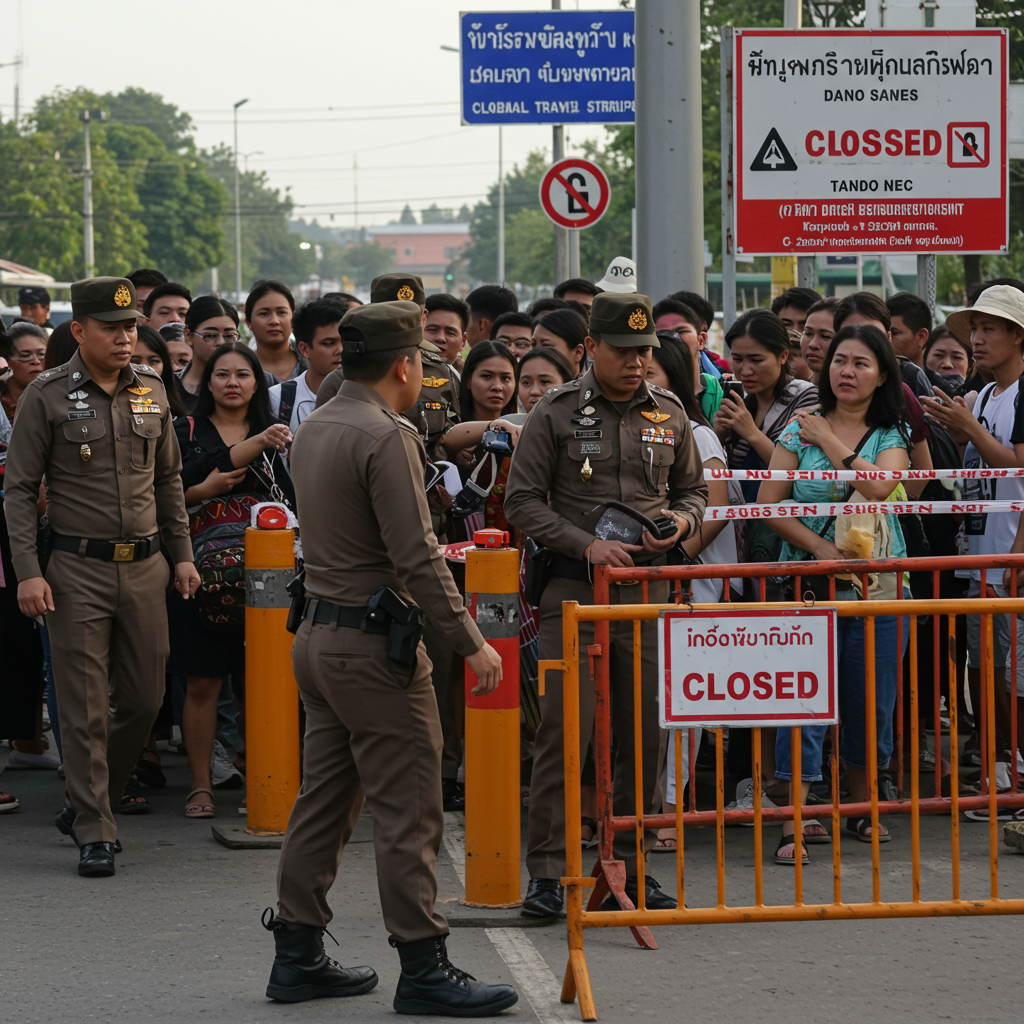Budapest, often celebrated as a vibrant European capital and a premier party destination, saw its streets transform into a powerful demonstration of defiance and solidarity on a scorching summer Saturday. Hundreds of thousands gathered for the city’s annual pride march, turning the banks of the Danube, Elizabeth Bridge, and downtown areas into a sea of color and protest. The scale was unprecedented, with estimates ranging from 100,000 to a remarkable 200,000 participants, vastly overshadowing the previous year’s attendance of around 35,000. This wasn’t just a celebration; it was a direct message sent to Prime Minister Viktor Orban and his government.
The energy was palpable as the massive crowd, predominantly young people, danced and sang their way across the city. A route typically walked in 20 minutes stretched into a three-hour journey, testament to the sheer number of attendees filling every available space. Many participants shared a common motivation: Prime Minister Orban’s recent efforts to restrict the event. This attempted ban ironically spurred many who might otherwise have stayed home to join the march, transforming it into a potent act of resistance.
A Clear Message to Power
Banners and signs held high left no doubt about the target of the crowd’s frustration. Many directly mocked the Hungarian prime minister. This visual protest felt like a peaceful pushback from groups Orban’s government has frequently targeted over his 15 years in power. Messages ranged from sharp political commentary to sardonic humor.
One handmade banner declared, “In my history class, I learnt enough, to recognise a dictatorship. You don’t need to illustrate it – Vik!” Another simply read, “I’m so bored of Fascism.” T-shirts featuring Orban’s image adorned with bright eyeshadow and lipstick were a ubiquitous sight, adding a touch of flamboyant satire to the demonstration.
Beyond Traditional Pride
While the lesbian, gay, bisexual, and transgender community, with its vivid flags and attire, formed the core of the event, this year’s Budapest Pride blossomed into a broader rally for human rights and fundamental freedoms. Attendees included not only members of the LGBTQ+ community but also allies, families, students, and people from diverse backgrounds, including those from more rural areas attending their first-ever rally. International support was also strong, with dozens of European Parliament Members and representatives from over 30 countries showing solidarity.
Budapest Mayor Gergely Karacsony, a key opposition figure, emerged as a central figure in the day’s events. His administration had supported and co-organized the march, a bold move for a city hall often financially constrained and in conflict with the central government. Addressing the vast crowd near the Budapest Technical University, a beaming Karacsony proclaimed, “We don’t exactly look as though we were banned!”
The Mayor’s Defiance
The mayor framed the event as a victory, at least for the moment, for city hall against the government’s attempted suppression. He argued that by co-organizing the event as a municipal gathering, it should be exempt from restrictions typically applied to public assemblies. Karacsony emphasized the powerful visual statement made by the massive turnout.
“In fact, we look like we’re peacefully and freely performing a big, fat show to a puffed-up and hateful power,” he continued. “The message is clear: they have no power over us!” His stance highlighted the ongoing political tension between the capital city and the national leadership.
The Legal and Political Battleground
The government’s attempt to ban the march stemmed from a controversial new law passed by Orban’s ruling Fidesz party. This legislation subordinates the freedom of assembly to a 2021 “Child Protection” law, which has been widely criticized for equating homosexuality with paedophilia. This law prohibits the portrayal or promotion of homosexuality in places where children might see it. Police cited this law as grounds for attempting to ban the Pride march, arguing that children might be present.
Mayor Karacsony countered this, referencing a 2001 law he argued exempts events organized by councils from these specific assembly restrictions. This legal back-and-forth sets the stage for potential future court battles to ultimately determine the interpretation and application of these conflicting laws.
Threats and Surveillance
Despite the attempted ban and legal warnings, police maintained a largely discreet presence during the march itself, reportedly observing passively. However, the specter of surveillance loomed. Temporary cameras mounted on police vehicles were used to record the entire event. A separate law passed earlier in the year gave police new powers, including the use of facial recognition software, specifically in relation to restricting events like Pride.
Warnings from government officials were clear: participants could face fines, potentially ranging from £14 ($19) to £430, while organizers faced the possibility of a one-year prison sentence for holding a prohibited event. Justice Minister Bence Tuzson specifically communicated these potential “legal consequences” in a letter to foreign embassies.
International Condemnation and Support
The attempted ban and restrictive laws drew sharp criticism and prompted international solidarity. EU equalities commissioner Hadja Lahbib attended, calling the event a “powerful symbol of the strength of the civil society.” Finnish MEP Li Andersson was also present, viewing Orban’s focus on family values as a pretext for banning a march fundamentally about fundamental rights for everyone, including the right to equality and the right to love. Scores of other MEPs joined, with political groups like the Socialists (S&D) and the Greens/EFA issuing strong statements condemning the Hungarian government’s actions as a “cowardly attack” and a “direct assault on freedom of expression.” European Commission President Ursula von der Leyen had previously urged Hungary not to block the march, though Orban dismissed her intervention.
Swedish climate activist Greta Thunberg was among the attendees, describing the ban attempt as a “desperate attempt” by Orban and a “fascist attack on human rights.” Her presence, later highlighted by pro-government media, underscored the diverse nature of the opposition gathered.
Government Counter-Narratives
In the face of the massive turnout and international attention, the Hungarian government and its allies pushed back with their own narrative. Prime Minister Orban attended a graduation ceremony for new police and customs officers elsewhere in the city, speaking about the importance of creating order, stating, “Order does not come into being by itself, it must be created, because without it civilised life will be lost.”
Earlier, Orban and other prominent Fidesz officials attempted to “reclaim” the word “pride” itself. They posted pictures of themselves with their children and grandchildren, suggesting this represented what they were truly proud of. Alexandra Szentkiralyi, head of the Fidesz faction in the Budapest Council, posted a picture of herself in a simple “Hungary” T-shirt with a caption urging others to “Post a picture, to show them what we’re proud of.”
Pro-government media outlets were scathing in their portrayal of the event, echoing remarks by leading Fidesz politicians. Government flagship newspaper Magyar Nemzet declared “Chaos at Budapest Pride” and characterized the march as a celebration of “perversity” rather than freedom of assembly. They also singled out Greta Thunberg’s presence, attempting to link her to negative labels used by the government.
Political Implications and the Road Ahead
The scale and nature of the Budapest Pride march carry significant political weight in Hungary, particularly ahead of national elections scheduled for 2026. It serves as a powerful demonstration of dissent against Orban’s government and highlights the strength of civil society and opposition forces.
Some political analysts view the government’s attempted ban as a strategic move. According to analysts like Zoltan Kiszelly, close to the government, and Zoltán Novák, the “Pride laws” might have been intended partly to corner Peter Magyar, leader of the emerging centre-right Tisza Party. Magyar’s party has broad support, and Fidesz may have sought to force him to take a definitive stance on liberal issues like LGBTQ+ rights, potentially alienating his conservative base. While Magyar was not at the march (reportedly on holiday), he posted a supportive message emphasizing national unity and calling for police protection for citizens against government “arbitrariness.” Magyar has largely avoided such polarizing topics, focusing instead on everyday concerns like the economy, healthcare, and corruption, a strategy polls suggest is currently successful, with Tisza reportedly leading Fidesz.
The legal battle over the attempted ban is far from over. Political analyst Zoltan Kiszelly suggested the matter is likely heading for the courts. If courts rule in favor of the mayor and organizers, Orban’s government might be forced to change its legislation again. Conversely, if the courts side with the government, it could validate the restrictive law, despite the massive march successfully taking place.
The 30th Budapest Pride march was a monumental act of defiance, transforming a celebration into a powerful political statement and a visible stand for civil liberties against increasing government restrictions. Its record turnout, international backing, and the legal challenges it presents signal a significant moment in the ongoing struggle for human rights and democratic freedoms in Hungary.
Frequently Asked Questions
Why did Budapest Pride attendance surge to a record 200,000 this year?
Attendance at Budapest Pride this year jumped from about 35,000 last year to an estimated 100,000-200,000 largely because of the Hungarian government’s attempt to ban the event. Many participants cited Prime Minister Viktor Orban’s restrictive policies and the attempted ban as their primary motivation for attending, turning the march into a larger protest against the government’s stance on human rights and civil liberties, not solely an LGBTQ+ celebration.
What specific law did the Hungarian government use to attempt banning the Pride march?
The government’s attempt to ban the march was based on a new law passed by the ruling Fidesz party. This law links the freedom of assembly to a 2021 “Child Protection” law, which critics argue equates homosexuality with paedophilia. The law restricts the portrayal or promotion of homosexuality where children might see it, and police cited this as the reason for attempting to ban the event.
How might the large turnout and legal challenges impact Hungarian politics or future Pride events?
The record attendance demonstrates significant public opposition to the government’s restrictive policies and serves as a visible challenge to Prime Minister Orban’s authority, particularly ahead of the 2026 national election. The legal conflict between the city government (supporting the march) and the central government (attempting to ban it) is likely to be settled in court, which could force the government to alter its legislation or, conversely, validate its restrictive laws. This ongoing struggle highlights the tension between civil society and the government and may influence future debates around fundamental rights and assembly laws in Hungary.



